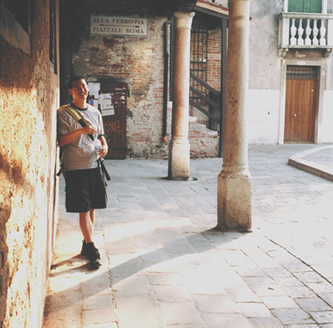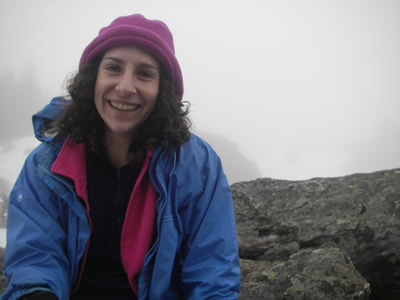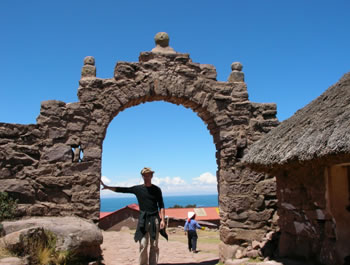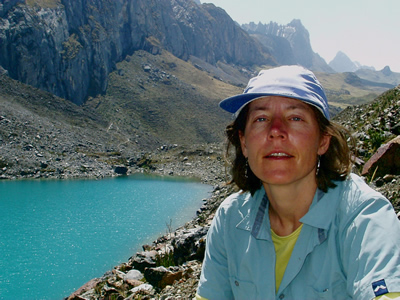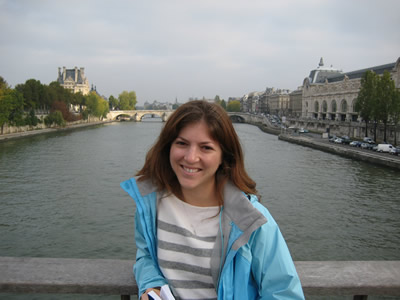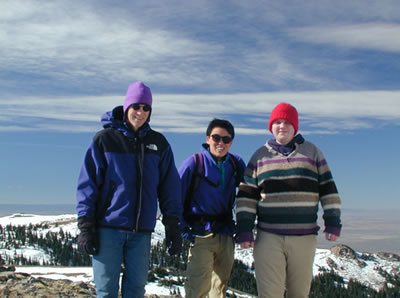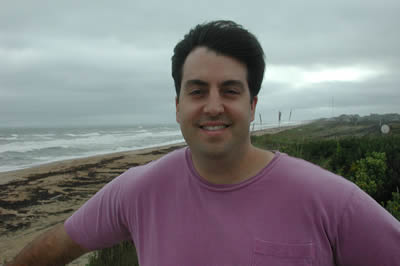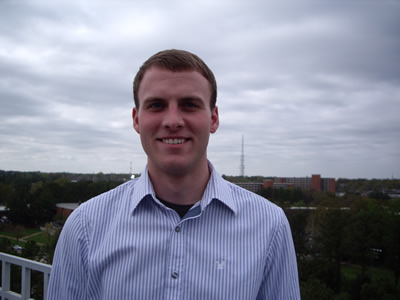Click on image for full size
Image Courtesy of Graham Feingold
Dr. Patrick Chuang
Hi!
Like a lot of other people in the VOCALS project, I spend a lot of time thinking about clouds. I like studying clouds, not only because they're so important for weather and climate, but also because everyone can relate to them. During VOCALS, we'll be measuring the size and concentration of cloud and drizzle drops from an aircraft using an instrument that we helped develop.
I became interested in climate when as an undergraduate I went to a public lecture about global warming, purely out of interest. This led to my taking a class on the subject when I was a junior, and then to pursuing my Ph.D. in Environmental Engineering Science at the California Institute of Technology.
A side benefit of being a field scientist is the opportunity to travel to all corners of the world. Typically, we spend four to six weeks in one location for each project, which is enough time to get a good feeling for the place, its people, and its culture (including the local food!). Over the 14 years that I've been doing field work, I've spent time in locations such as the Canary Islands, South Korea, the Caribbean island of Antigua, Mexico City, Houston, TX, and now Chile. We also do quite a bit of field work in our own back yard, as the coast of California is a great place to study clouds.
One of the things I do to try to minimize my carbon footprint is bike to work. The main campus of UC Santa Cruz is at the top of a hill that's about 240 meters (800 feet) high, so even though it's only ten kilometers (six miles) from my house, it's quite a work out to get to school every morning! I really enjoy the ride, though, since it's good exercise and good for the environment. Each time I bike to work instead of driving, that's five fewer pounds of carbon dioxide that is emitted to the atmosphere. Over the course of a year, that's about a thousand pounds of CO2 that I've saved!


